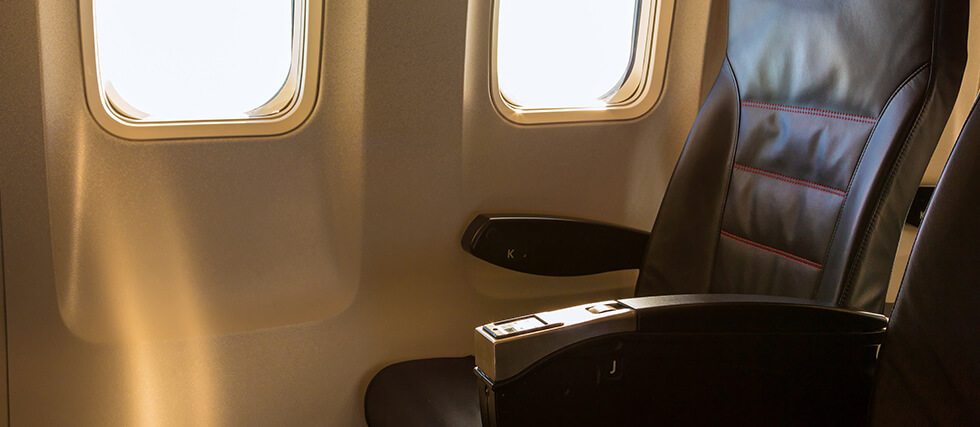Fly Fart-Free: 3 Foods and Drinks to Avoid on a Plane
Want to avoid bloating unwanted germs and gas? Flight attendants say your in-flight diet might be to blame! Here are three things you should skip next time you buckle up.
1. Tap Water (Including Coffee & Tea)
That cup of tea might come with an unwanted side of germs. Flight attendant Sue Fogwell, who flew for 22 years, warns that airplane tap water—used for coffee and tea—comes from notoriously dirty water tanks. In a 2004 EPA study, 13% of sampled planes had coliform bacteria, with some even testing positive for E. coli! If you need a caffeine fix, grab a soda or pre-bought coffee from the terminal.
2. Gas-Inducing Foods
Want to avoid becoming the reason your seatmate keeps turning toward the window? Former flight crew member Josephine Remo advises against eating bloat-causing foods like beans, onions, broccoli, and lentils. Due to changes in cabin pressure, your stomach expands mid-flight, making gas-prone foods even worse. Even carbonated drinks can add to the discomfort. Stick to light, easy-to-digest meals instead.
3. Bloody Marys
Sure, tomato juice tastes better in the sky, but that Bloody Mary could leave you feeling extra puffy. Fogwell warns that the high sodium content leads to bloating and dehydration. If you can’t resist, alternate with plenty of water to keep your body balanced.
For a comfortable, gas-free flight, choose wisely—and maybe save the beans for after landing!




